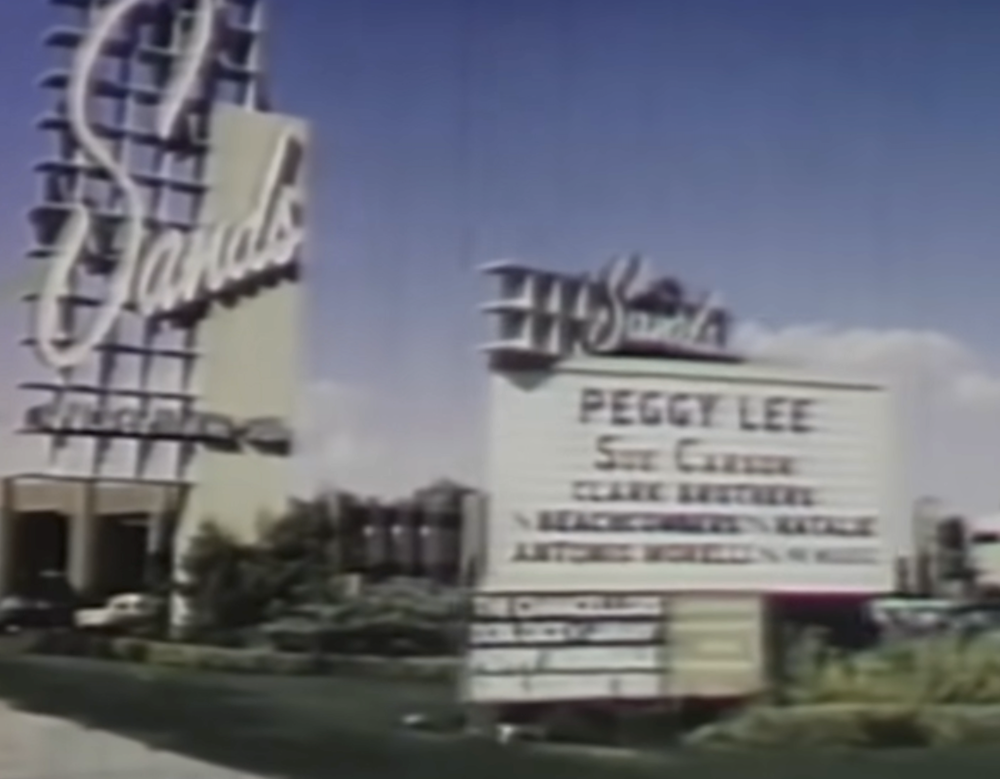
About a year ago I received a telephone call from my former boss at the FBI. No biggie. Usually they call to tell me that a former colleague is retiring or that maybe someone I know is ill or transferring. This call however, was different. He told me that some people were coming to town and that they were producing a feature film about the life of J. Edgar Hoover. Would I give them a tour of Mr. Hoover’s old office? I immediately agreed to do so.
I am not a historian, nor can I claim to have known Mr. Hoover, though in a couple of those “my brushes with fame” moments, I did catch glimpses of him and even exchanged a few words with the man (very few). To say however, that I knew him? When he was alive, I worked in the mail room and conducted FBI tours. We weren’t on a first name basis. I served under him for the first four years of my FBI career which, by the way, stretched from 1968 until my retirement in 2006.
In the early 1970s, I was given an assignment that enabled me to obtain a very good knowledge of how Mr. Hoover’s office had been laid out: Who sat where, where the entrances were, where some of the furniture stood, etc. Mr. Hoover’s office was in the Department of Justice Building which is located in Washington, D.C. Several years ago the building underwent an extensive renovation. Much of the building’s interior was gutted and rebuilt, making it much harder for newer people to know exactly where things were. Since I live only a few miles away and was available, I was called.
While some parts of Mr. Hoover’s office suite no longer exist, I was still able to show them Mr. Hoover’s old conference room, his working office as well as his secretary’s office. The movie production people that I met with could not have been nicer. I liked them then, and I still do. They were intelligent, courteous and very kind. I also tried to recommend that they telephone some people who actually knew Mr. Hoover. Believe it or not, there are still a few around. They were appreciative, but it was obvious that they had already been in touch with some of them. Researchers who work on major film productions are notoriously efficient.
After the tour, I eagerly anticipated the film’s release, and several weeks ago, “J. Edgar” which was directed by Clint Eastwood and stars Leonardo DiCaprio and Armie Hammer, came to Washington area movie theaters. The night I went to see it the theater was packed.
I was impressed with the production’s attention to detail. The cars, clothes, and sets were spot-on. Even the office scenes, which were filmed in a Hollywood studio, looked very realistic. An acquaintance of mine, who worked in that office after Mr. Hoover died, asked me if scenes were actually filmed there. I also thought that DiCaprio’s and Hammer’s performances were very good. The movie follows a timeline starting when Mr. Hoover and Mr. Tolson were very young and takes them well into old age. The actors had to convince us that 50 years had passed and I think that they succeeded. They certainly took me along with them. That was no small feat either. DiCaprio and Hammer had to do their work wearing a ton of makeup. They also had to change the way they walked, talked, etc. Hoover and Tolson looked, moved and sounded quite a bit different in 1972 than they did in 1932.
In the movie, DiCaprio probably pulled off the aging scenes a little better than Hammer did, but that might be because, in real life, Hoover aged better than Tolson. While watching Hammer’s performance I was reminded of the time that a colleague showed me a picture a young Clyde Tolson. He looked nothing like the shuffling, stooped figure I had just seen in the hall. Age and ill health had really taken a toll on him. In keeping with that progression, Hammer’s Tolson, looked nothing like the younger man he portrayed earlier in the movie. That took considerable skill.
The film also documents Hoover’s rise in the Department of Justice as well as the political turmoil faced by the nation in the early twentieth century. The film credits Hoover for his meticulous attention to detail as well as some of the innovations that he introduced to American law enforcement.
What I found less satisfying was the portrayal of Hoover and Tolson’s personal relationship. Mr. Hoover and Mr. Tolson were certainly close. When I first started at the Bureau, from time to time I would hear colleagues make snide remarks about them. It didn’t happen as much as one might expect though. Perhaps it’s because until relatively recently, women were largely excluded from clubs, schools and other organizations. Also, remember that up until 1973, only guys were drafted into an almost exclusively, all male U.S. military. Over the years, millions and millions of men were compelled to go through this male rite of passage.
Additionally, almost all professional work environments were male dominated. You could visit factories, churches, corporate offices, laboratories, newsrooms and even movie studios and see only a handful of professional women. Seeing two men regularly lunching together? So what? Restaurants back then looked like men’s clubs with plenty of lunchtime alcohol and dangerous amounts of cigar and cigarette smoke. Hoover and Tolson seen together back then would have looked like just about everyone else.
Since the release of the movie, I’ve read stories that Hoover and Tolson dressed alike, lived together and apparently went to great lengths to ensure that their private lives remained that way. My own observation was that they certainly dressed better than most. They also seemed to favor dark suits. That they dressed alike, though? I never saw or heard of it, and I don’t think something like that would have gone unnoticed in an organization like the FBI. Of course, back then conformity was considered a virtue, and tons of people including many of Mr. Hoover’s assistant directors, Agents and yes, even some of his super loyal, self-serving clerks (like me), wore dark suits too. Take a look at photographs of other government executives from that period. Hoover and Tolson fit right in, sartorially speaking, anyway.
As for their living arrangements, Mr. Tolson lived in an apartment near American University. Mr. Hoover owned a house several miles away. The only time that I am aware of Mr. Tolson ever staying with Mr. Hoover was the time just after he had had open heart surgery. Mr. Hoover had a live-in domestic who could look after Mr. Tolson during his convalescence. Under these circumstances, not allowing Mr. Tolson to stay at his house would have been pretty uncharitable. By the way, Mr. Hoover’s secretary, Miss Gandy, also lived within easy walking distance. There was plenty of help if Mr. Tolson needed it.
Were they more than just good friends? We’ll never know, but of the numerous people I’ve talked to over the years, who really knew them, all have told me that there was nothing more to their relationship than friendship. This, I guess, is why I’m so skeptical of all of this talk about them being secret lovers. I mean why should I accept the notions of those who never knew them, never saw them, never met them, never talked to them and in some cases weren’t even born yet?
In recent conversations I have had with some of my former colleagues, I don’t think that most of us really care about the nature of Mr. Hoover and Mr. Tolson’s relationship. I know I don’t. Many of us believe, however, that both Mr. Hoover and Mr. Tolson would care.
If this were a film about a ”fictional” FBI director, in the same way that “Citizen Kane” was a movie about a “fictional” press baron, I wouldn’t be too concerned. This movie, however, deals with real flesh and blood people and just to make sure we know that, they even used the main character’s name for the film’s title. Millions of people will see this movie and will draw conclusions from it. For the record, there is absolutely no credible evidence that J. Edgar Hoover and Clyde A. Tolson were either closeted or openly homosexual. Likewise, while there is a popular notion that Mr. Hoover blackmailed the Kennedys and others over the span of his very long career, I have never seen solid evidence that it actually happened. Indeed, I find it dubious that anyone could intimidate 535 members of Congress and every President from Calvin Coolidge to Richard Nixon for nearly 50 years. This is America and not the Soviet Union. While the film does not come out and say it, it certainly does infer these things about Mr. Hoover. Is it accurate? Is it fair? What impressions will viewers take away with them, not only of Mr. Hoover, but of the thousands of men and women who over the years worked for him, and in some cases sacrificed their lives while serving under his leadership?
Hollywood rightly calls attention to the unchecked power of elected and career government officials. What I sometimes fear they miss, however, is the power of their own industry. They can re-write the entire life of an individual in several languages, and it will be believed, sometimes unquestionably, by a vast worldwide audience. With nothing but the box office or advertisers to serve as a check and balance, the entertainment industry has the ability to demonize or beatify almost anyone they choose. Now that’s power! I wouldn’t want it any other way. Censorship has no place in America. But still, we really place a lot of faith in the entertainment industry, and that puts a very heavy responsibility on their shoulders. What does the Bible tell us? “. . . unto whomsoever much is given, unto him shall be much required.”
So true, so true.




